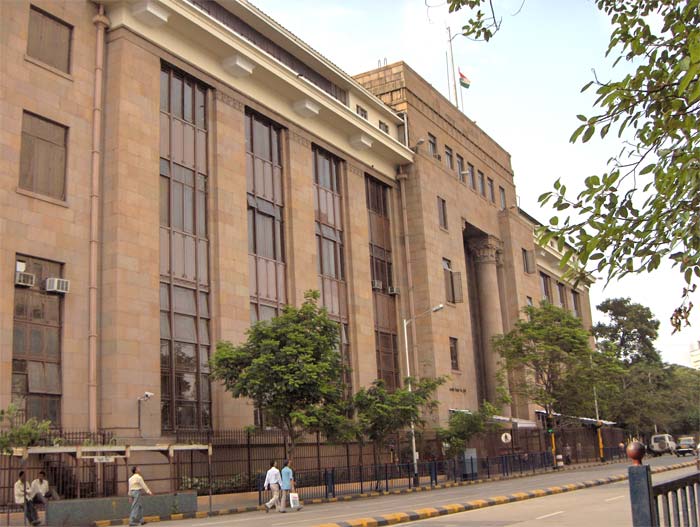
Asia | Economics & Growth | Emerging Markets | Monetary Policy & Inflation

Asia | Economics & Growth | Emerging Markets | Monetary Policy & Inflation
We update our views on India ahead of Thursday’s MPC meeting. After the RBI’s surprisingly hawkish MPC meeting on 5 December, when the policy rate was left unchanged at 5.15% following five successive rate cuts totalling 135bps, my modal scenario was as follows:
“RBI will focus on improved policy transmission (OMOs, twist, etc.) but stop short of direct intervention in credit markets. Growth expectations would continue to deteriorate. RBI would resume cutting rates in 2020. INR would continue depreciating; bonds would be volatile in the near-term with a misplaced focus on onion prices but rally next year for the wrong reasons (lack of growth).”
The above template remains pertinent ahead of Thursday’s meeting. Specifically:
This article is only available to Macro Hive subscribers. Sign-up to receive world-class macro analysis with a daily curated newsletter, podcast, original content from award-winning researchers, cross market strategy, equity insights, trade ideas, crypto flow frameworks, academic paper summaries, explanation and analysis of market-moving events, community investor chat room, and more.
We update our views on India ahead of Thursday’s MPC meeting. After the RBI’s surprisingly hawkish MPC meeting on 5 December, when the policy rate was left unchanged at 5.15% following five successive rate cuts totalling 135bps, my modal scenario was as follows:
“RBI will focus on improved policy transmission (OMOs, twist, etc.) but stop short of direct intervention in credit markets. Growth expectations would continue to deteriorate. RBI would resume cutting rates in 2020. INR would continue depreciating; bonds would be volatile in the near-term with a misplaced focus on onion prices but rally next year for the wrong reasons (lack of growth).”
The above template remains pertinent ahead of Thursday’s meeting. Specifically:
• The central bank started operation twist on 23 December and has conducted 4 such operations since then. It has also maintained copious amounts of excess inter-bank liquidity, injected mainly through FX intervention. Both operations are likely to be maintained for several months.
• High frequency growth data suggests some bottoming out in the economy, but prospects of a V-shaped recovery to over 6% growth remain dim, in my view. The street has continued to revise down its growth expectations for 2020 (5% seems reasonable to me). The last CPI print of 7.35% nearly captured the very peak in vegetable prices in December. Most food prices have come down sharply in recent weeks, and together with lower oil prices, inflation may return to around 4% by mid-year.
• A rate cut from RBI is possible this year, though it will take one or two meetings for the RBI to set up that U-turn. To be sure, the case for a rate cut is questionable, since the real problem is one of policy transmission and systemic risk aversion rather than the policy rate. I wouldn’t position aggressively for a rate cut, but I think OIS curve should remove the small chance of hikes that’s priced in the 1Y-2Y tenor.
• USDINR has remained steady in a 70-72 trading range. It may stay in this range in the short-term, but I think it would weaken to 72.0-74.0 trading range in H2. Most analysts highlight that the basic balance of payments is in surplus thanks to narrowing current account and rising FDI. I do not dispute this. In fact, the argument is strengthened by the recent collapse in oil prices. But I think the RBI will continue to mop up excess USD, and would be comfortable with a moderate depreciation, once the flows balance shifts in Q2. Historically the rupee has done well when growth was 1-2% above inflation, and has underperformed in other scenarios. I would be neutral on rupee in Q1, but bearish beyond.
• I remain bullish on Indian government bonds. The long-end bond yield plays an important role in policy transmission, and I suspect it will be a more important operational target for the RBI in 2020 than the repo rate. FPI limits for investment in certain government securities were also scrapped in the Budget announcement (though details are still pending). This may help the case for inclusion of Indian government bonds in global bond indices. The outside chance of a rate cut and sizable carry vs. repo funding should also help bond yields fall further.
Spring sale - Prime Membership only £3 for 3 months! Get trade ideas and macro insights now
Your subscription has been successfully canceled.
Discount Applied - Your subscription has now updated with Coupon and from next payment Discount will be applied.